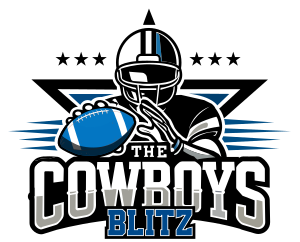The point is that you're confusing "stretching" for "reaching." When you stretch, yes you do hold your arm straight out. When you reach, the position of your arm depends completely on what you're reaching
for. Dez is falling toward the sideline with the ball in his left hand.
Holding his arm straight out (stretching) moves the ball closer to the sideline.
Reaching for the goal line involves bending his elbow. He's clearly reaching for the goal line. You even said he appears to be reaching for the pylon or sideline. Doing the math, there is no reason he would be reaching for the sideline, so that only leaves the pylon. Reaching for the pylon is a football move.
When Blandindo says Dez needed to "extend the ball for the goal line," he is assuming (incorrectly) that Dez is falling toward the goal line. Falling toward the goal line is the only way that "extending" his arm could move the ball closer to the goal line. Pereira makes the same mistake by saying the football move involves "stretching all the way out."
Think about this, because they didn't. Pereira, like Blandino, has this classic image in his mind of a player stretching out to break the plane of the goal line. What they're both missing is that, in this image, the player is
always falling toward the goal line. The football move involves trying to break the plane, period. No matter where the player is in relation to the plane. It is illogical to say the player has to "extend his arm" for the goal line no matter where the goal line is. What makes it a football move isn't how the image looks, it's that he's trying to score. So the only way it needs to
look is that it needs to look like he's trying to score.
Draw a line that extends his arm straight out, and that line points wide left of the plane. Because Shields' leg whip took Dez's right leg out from under him, this is not the classic image that they have in their minds of a player falling toward the goal line. Extending the arm doesn't improve his chances of scoring as much as keeping his elbow bent. That's why he's keeping his elbow bent. He's trying to score, not get out of bounds.
If the lunge was simultaneous with the brace that broke the fall, then he was still falling when he lunged. The brace is only mentioned to distinguish the lunge from the natural act of falling. We already know that you can perform other acts that are common to the game, and that are easily distinguishable from a fall. One of those is reaching for the goal line, which we know you can do while falling.
We know this, because no one who should know (Blandino, Steratore, Pereira) who has talked about the play has said, "a player must be upright in order to perform the reach." No rule says this either. Only you are saying that.
You still can't explain why both the current and former VP's of Officiating would go into such detail talking about a reach that doesn't matter, instead of simply telling us that it didn't matter.


